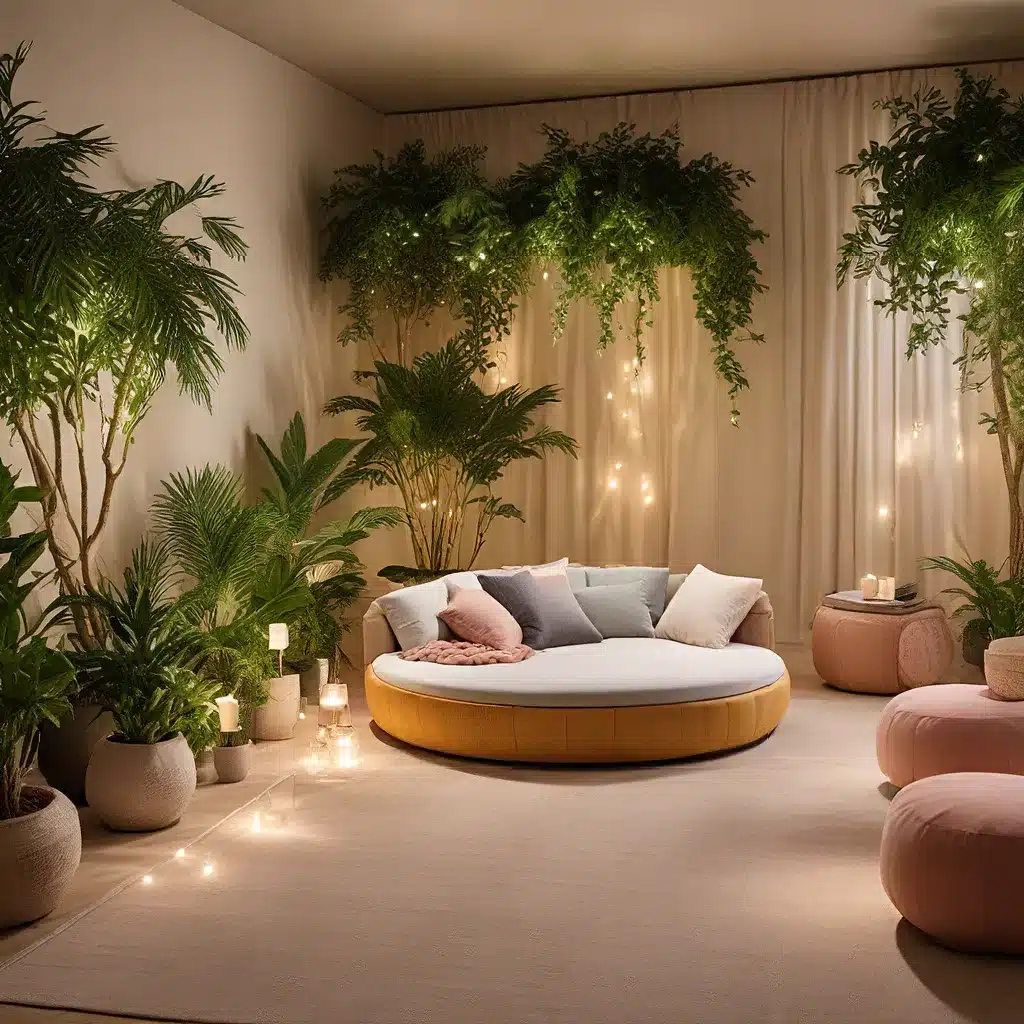
In the chaotic bustle of modern life, anxiety often hovers as a constant companion. Engaging all of our senses can be a powerful strategy for managing anxiety, and gardens offer an unparalleled space for this sensory journey. Together, let’s explore the many ways in which gardens can reduce anxiety, discover the therapeutic value of gardening as a mental health tool, learn how to utilize the 5-4-3-2-1 mindfulness method in gardens, and how these outdoor spaces can become sanctuaries for mindfulness.
The Restorative Power of Gardens
A garden is a place of solace, offering serenity and healing for the mind and spirit. Its natural beauty and calming ambiance can provide the perfect setting for anxiety relief. In removing the hustle and bustle of our daily lives, we can focus on the sights, sounds, smells, textures, and tastes of the natural world to promote greater relaxation and overall wellness.
The engagement of all of our senses is a common mindfulness technique, grounding us to the present moment and fostering a sense of inner peace. Observing the life cycle of plants encourages resilience and acceptance by creating space for reflection on the impermanence of our thoughts and feelings. The seasonality of gardens creates opportunities to appreciate the beauty of each change in phase, from the ephemeral beauty of spring to the lush green of summer, the kaleidoscope of autumn colors, and the quiet restfulness of winter.
As you explore the power of gardens to calm your mind, consider simultaneously engaging in some mindful breathing exercises as a way to enhance the experience and your results. By following just a few simple tips and tricks, we can harness the tranquility of nature and stimulate a mindful connection to quickly reduce stress levels while promoting emotional balance.
The 5-4-3-2-1 Technique for Anxiety Relief
The 5-4-3-2-1 technique is a simple but highly effective tool for grounding yourself in the present moment, reducing anxiety, and enhancing mindfulness. Step outside into your own backyard, a community garden, or any other natural green space to practice this potent technique in a rich sensory environment.
Here’s how it works:
-
5 things you can see: Look around and take in 5 things you can visually observe in your surroundings. This could be the vibrant colors of flowers, the patterns of leaves, or the gentle movement of the wind.
-
4 things you can touch: Reach out and physically interact with 4 elements in your environment. This could be the soft petals of a bloom, the rough bark of a tree, or the cool, damp soil beneath your feet.
-
3 things you can hear: Tune in to the sounds of nature around you. Maybe it’s the chirping of birds, the rustling of leaves, or the distant hum of bees.
-
2 things you can smell: Inhale deeply and notice 2 distinct scents, such as the earthy aroma of freshly turned soil or the sweet fragrance of flowers.
-
1 thing you can taste: If appropriate, consider gently tasting something in your garden, such as a fresh herb or piece of fruit.
By engaging your senses in the garden, you can quickly ground yourself in the present moment, reducing feelings of anxiety and promoting a sense of mindfulness and inner peace.
The Therapeutic Benefits of Sensory Engagement
Engaging your senses in the garden has numerous therapeutic benefits that can aid in not only calming anxiety but in building a more mindful and resilient life of whole-body wellness. Gardens provide a serene and natural environment that promotes relaxation and reduces stress. The sights, sounds, and scents of the outdoors create a peaceful atmosphere that influences our mood, memory, fitness, and much more.
If you’re considering creating or adding to your home garden or landscaping to maximize the therapeutic benefits, consider these four tips:
-
Incorporate Diverse Textures: Include a variety of tactile elements, such as smooth river rocks, fuzzy lamb’s ear, and rough tree bark, to engage the sense of touch and provide a soothing sensory experience.
-
Prioritize Fragrant Plants: Select aromatic herbs, flowers, and shrubs that will fill the air with calming scents, like lavender, rosemary, or jasmine.
-
Incorporate Water Features: The soothing sounds of flowing water, such as a small fountain or bubbling stream, can have a profound calming effect.
-
Design for Seasonal Interest: Choose a mix of plants that will provide visual interest and evolving sensory experiences throughout the year, from the delicate blooms of spring to the vibrant autumn foliage.
By thoughtfully designing your garden with sensory engagement in mind, you can create a restorative oasis that nurtures your overall wellbeing.
Cultivating Inner Peace in the Garden
In the garden, we have the power to alleviate anxiety and find peace by engaging our senses through methods such as the 5-4-3-2-1 technique. By acknowledging what we are able to see, touch, hear, smell, and even taste, we can ground ourselves in the present moment and foster a sense of inner contentment. This therapeutic technique is just one of many to keep in your toolbox.
Natural spaces like gardens can have a profound impact on our wellness. Consider joining us at Skyterra Wellness Retreat where we incorporate mindfulness and sensory engagement as an important component of our wellness education courses. Our weekly curriculum includes lectures and hands-on experiences into the therapeutic benefits of gardening, all while we empower you to apply these practices in your daily wellness journey.
Enter into our on-site garden to experience the natural tranquility of the Blue Ridge Mountains combined with sensory mindfulness among our raised beds, native wildflowers, and pollinator habitats. When you take the time to be still in a garden, nature becomes a haven of serenity where anxiety dissipates and a sense of well-being blossoms.
As you cultivate your own gardens, remember to nurture your own sense of inner peace along the way. By engaging your senses and embracing the restorative power of nature, you can create a sanctuary that soothes the soul and uplifts the spirit.

